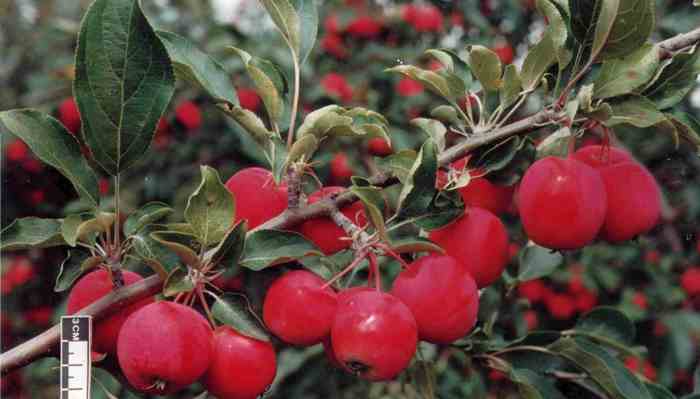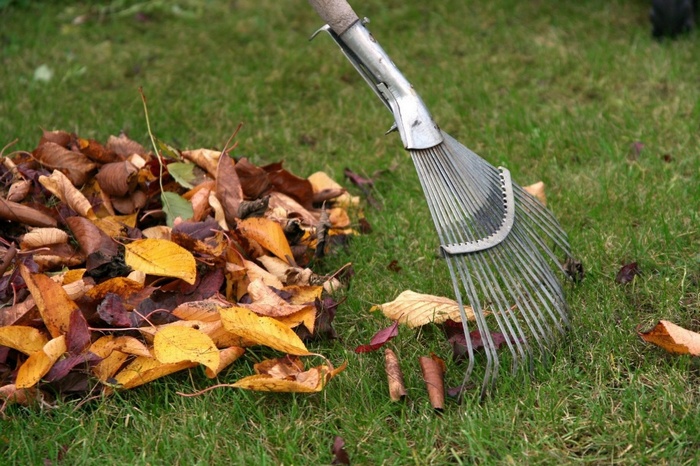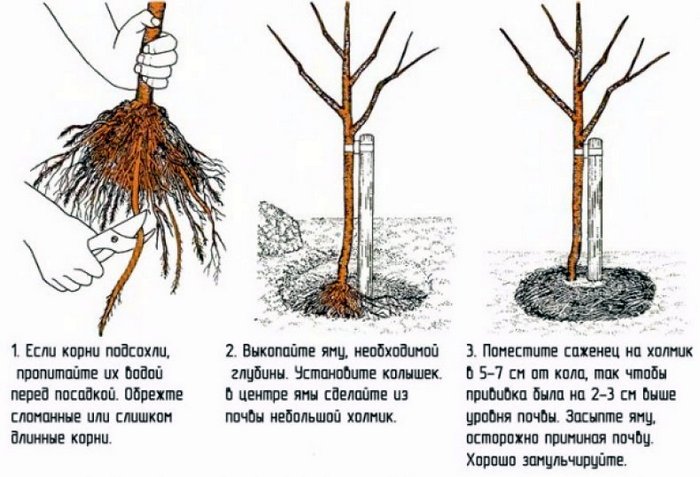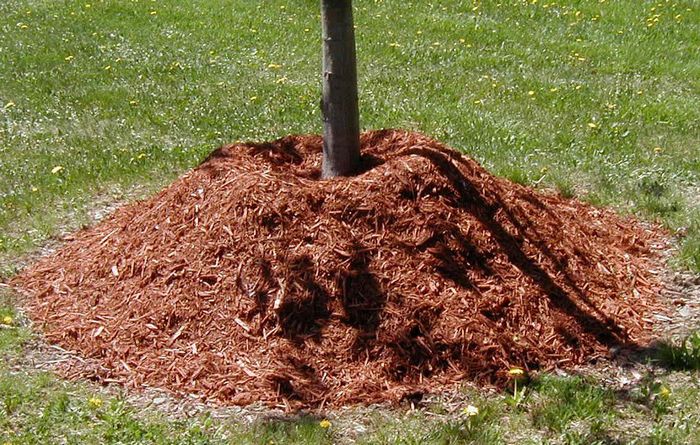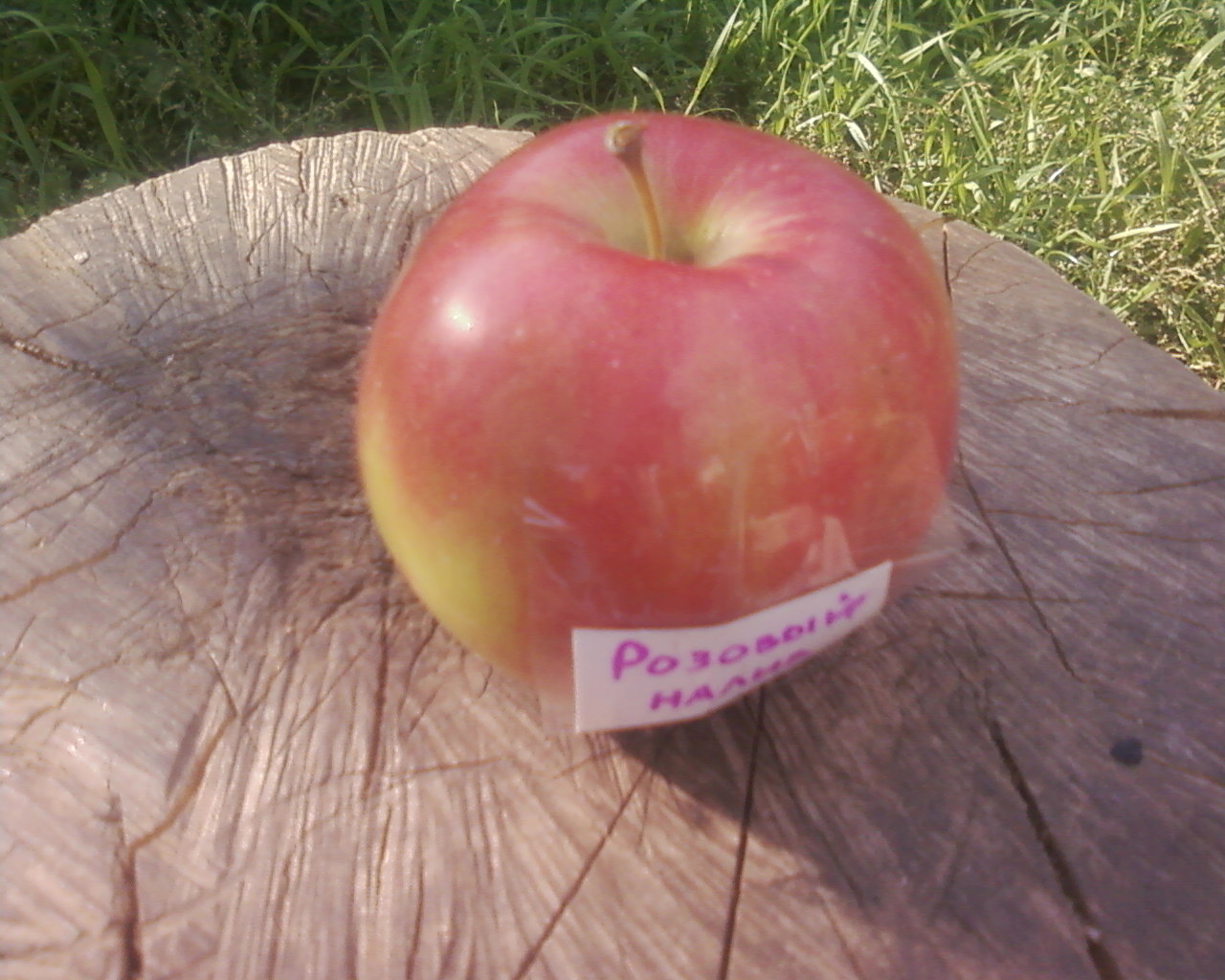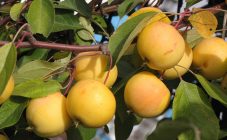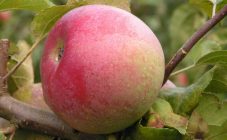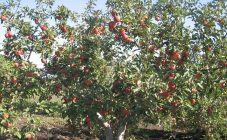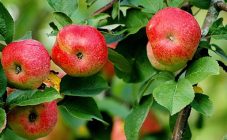Content:
Blooming apple trees are an indispensable attribute of gardens in any corner of our country. However, in some of its regions, it takes a little more effort and attention to choosing a variety to get a good apple harvest. Siberia, the Urals, the Far East, Altai are regions with harsh winters and short summers, therefore, apple trees there need winter-hardy ones that can ripen in that short period of time, which is called summer there.
Altai breeders have created special varieties of apple trees for Siberia and other northern regions. They are particularly resistant to unfavorable climatic and weather conditions, fast ripening, undemanding care and small fruit size.
One of these varieties is the Altai Rumyanoe apple tree. It was bred at the Research Institute of Horticulture in Siberia, several breeders worked on its creation at once. The variety was bred by crossing Bellefleur-Kitayka, Melba and Severyanka ranetka.
It was entered into the register in 1985, having been zoned for the Altai Territory. In 1988, the zoning zone expanded to the Far East region, Western Siberia and the Urals. Soon the variety spread to all northern and northwestern regions of Russia: Arkhangelsk, Murmansk, Kaliningrad, Pskov, Leningrad, Vologda and Novgorod.
Variety characteristics
Altayskoye Rumyanoe - an apple tree, according to the description, is late-ripening, it is distinguished by high winter hardiness, long-term storage of the crop (up to two months) and a characteristic periodicity in the yield of the crop. Apples from it can be obtained not every year, but every other time. This is due to the fact that in one year a lot of fruits are tied on an apple tree, and it does not have time to store enough nutrients that are necessary for the formation of new fruit buds the next year.
Apple-tree Altayskoe Rumyanoe has a medium-sized trunk and a balanced, compact crown, resembling a ball in shape. Powerful branches are directed vertically upwards, annular rings are evenly distributed on them - small bunches of branches with buds that ensure the tree's productivity. The foliage of the tree is dark green, ovoid, soft to the touch, with a curved central vein.
The apple is small in size, round, average weight - from 55 to 100 g. The color of the fruit is light red, with pale cream tints and bright red stripes. The pulp is juicy, with a pleasant pronounced aroma, light yellow and sweet-sour taste.
The description promises to the Altayskoye Rumyanoye variety the beginning of the fruiting period only 4-5 years after planting. But the tree has a high yield - from each you can collect from 60 to 80 kg of fruits.
The variety is highly resistant to scab, but at the same time, gardeners should beware of other diseases such as powdery mildew, cytosporosis, fruit rot, black cancer. Also, trees of this variety are affected by pests, the main of which are apple aphids, ticks, moths and leafworms, flower beetles, honeydews, moths.
To fight insects and diseases, it is necessary to provide the tree with proper care and regularly carry out preventive measures. This is usually done in early spring and before wintering.All crumbling foliage must be carefully removed and immediately burned, since pest larvae can remain in it for the winter. In the spring, after the cold weather retreats, it is recommended to treat the tree with special preparations for prevention
If it was not possible to prevent infection, it is necessary to use chemical or folk remedies designed to combat a specific problem.
Planting and leaving
Planting an apple tree is a simple process, but it requires some preparation. It is necessary to select a suitable place in advance and prepare the soil: dig it up, apply fertilizer, dig a planting hole.
It is recommended to plant Altai Rumyanoye either in early spring (from the second half of April to the first half of May) or in early autumn (late September – early October). When planting in spring, it is better to prepare a hole in the fall, covering it for the winter. When planting in spring, you need to take care of the seat a month before disembarkation.
The hole should be large enough to accommodate the roots of the seedling. Usually it is about 70-100 cm wide and 70-90 cm deep.
After planting, the seedling must be watered - 3-4 buckets of water will be enough. Then it is recommended to mulch the planting place with peat, sawdust or any other available material. This will keep the soil moist and prevent weeds from overgrowing the soil. Immediately after planting, the tree can be pruned by a third for more active side shoots formation.
After harvesting, in the fall, it is recommended to carefully dig up the soil and add nutrients to it. To protect the roots in winter, you can dig humus into the ground. To protect the trunk of a young tree from rodents, it is wrapped with fabrics that will allow light and air to pass through.
At the end of summer, the watering of the tree is gradually stopped so that the growth processes begin to stop in the tissues, and the process of storing nutrients begins. It is also recommended to carry out prophylactic spraying against harmful insects remaining to winter in the bark or roots (at an air temperature of at least 5 degrees).
Advantages and disadvantages of the variety
The characteristic of the Altayskoye Rumyanoye variety shows a lot of its advantages. This is high winter hardiness, the ability to withstand temperature extremes, early and regular fruiting. Also, the advantages include the excellent taste of apples and their good presentation.
Among the shortcomings, it is worth noting the tendency of mature apples to crumble, their small size and low keeping quality.
Other winter-hardy varieties for Altai
The list of varieties suitable for growing in cold regions is quite extensive. Each of them is frost-resistant, resistant to unfavorable conditions and high-yielding. Good winter-hardy apple trees for the Altai Territory:
- Apple-tree Altai amber... Summer semi-cultivated variety, with sweet and juicy egg-shaped fruits, weighing 75-80 g. Creamy pulp, soft, fine-grained, with a sweet and sour taste and pronounced aroma. The skin color is golden, reminiscent of amber. Fruits ripen in early August and are stored for up to 2 months. The Altai amber apple variety, the description of which gives it the following characteristics: self-fertility, unpretentiousness, frost resistance, resistance to fungal diseases. The tree enters the fruiting phase early, without requiring special care or special growing conditions, bears fruit abundantly. The fruits can be used both raw and for harvesting. In addition, the variety is a good pollinator for other apple trees;
- Apple tree Milena... Autumn variety, with rounded, small fruits (up to 50 g). The skin color is bright, red, the taste is pronouncedly sweet, with a weak aroma, the flesh is white, tender, fine-grained and juicy. The fruits ripen in early autumn and can be stored until November. The apple tree is frost-resistant, unpretentious, vigorous, resistant to most diseases. The crown is round, of medium density. Milena is a partially self-fertile variety, it begins to bear fruit from the age of 4-5 years, without interruption. On average, up to 30 kg of apples can be harvested from one tree;
- Altai Purple - self-fertile apple tree. Winter variety, with small (up to 55-65 g) fruits, sweet and sour taste. The color of the peel is crimson, purple, blurred. The pulp is creamy, juicy, dense. The variety is frost-resistant, only leaves are susceptible to scab damage. The tree is medium-sized, with a rounded dense crown;
- Jubilee (Altai Jubilee)... Winter variety with medium winter hardiness and scab resistance. Fruits ripen in early September and are stored for up to 90 days. Colored greenish-yellow with a dark red blush. They are distinguished by good taste and aroma.
The northern and eastern climate requires great efforts from gardeners to obtain a good harvest. Properly selected garden varieties will provide a good base for tasty and healthy fruits. Bulk beautiful grade Altayskoe ruddy is an excellent choice for any garden.

